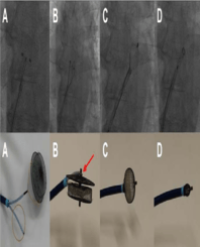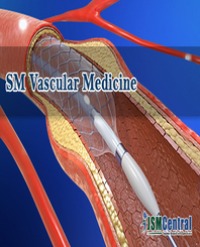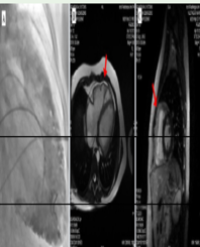This study has been designed to investigate the role of phosphatidylinositidyl-3-kinase gamma (PI3Kγ) in Mono Cro Taline (MCT)-and nicotine-induced endothelial dysfunction in pulmonary arteries. MCT (60 mg/ kg, s.c, once in 4 weeks) and nicotine (2 mg/kg, i.p, regularly) were administered in respective groups to produce pulmonary vascular endothelium dysfunction. Vascular endothelial dysfunction was assessed in terms of attenuation of acetylcholine-induced endothelium-dependent relaxation, sodium nitroprusside-induced endothelium-independent vasorelaxation (Isolated pulmonary artery ring preparation), decrease in serum nitrate/ nitrite level, mRNA expression of eNOS (rtPCR) and increased oxidative stress (superoxide anions and TBARS level), mean arterial blood pressure and right ventricular hypertrophy. PI3Kγ inhibitor CAY10505 (0.6 mg/kg, p.o) [(5-[5-4-fluorophenyl)-2-furanyl]-2, 4-thiazolidinedione] and atorvastatin (30 mg/kg, p.o, positive control) treatment for 7 days (21st-28th day) significantly improved, mean arterial blood pressure and right ventricular hypertrophy in both nicotine and Mono Cro Taline-induced pulmonary vascular endothelial dysfunction. Therefore, it may be concluded that CAY10505, a specific inhibitor of PI3Kγ up regulates eNOS expression and nitric oxide production to improve Mono Cro Taline and nicotine-induced pulmonary vascular endothelial dysfunction.
Priyanka Arora1 , Manpreet Kaur1 , Shweta Sharma1 and Saurabh Sharma1*





